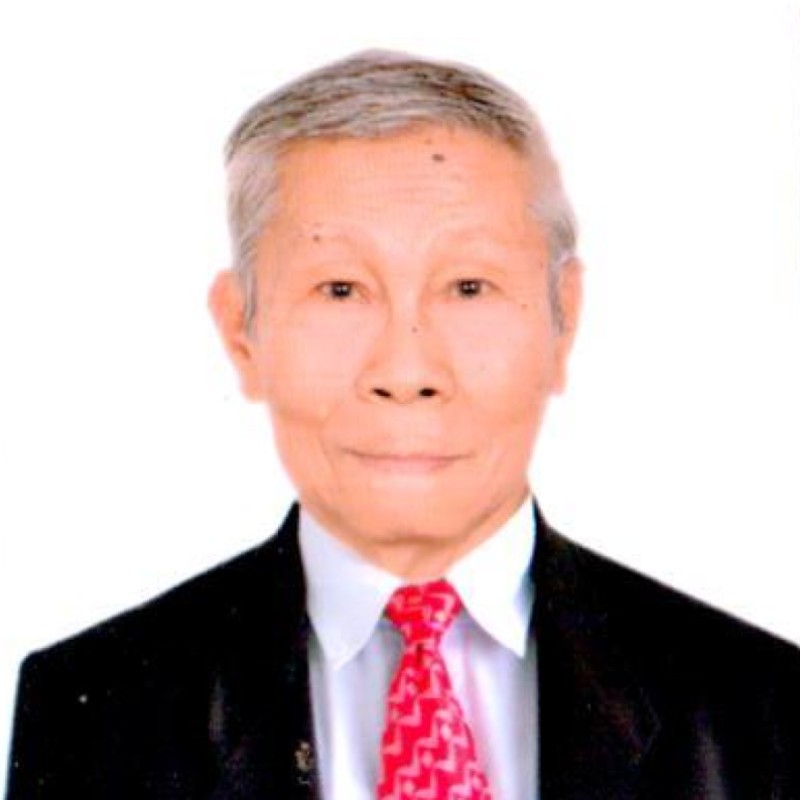GLIMPSES & GAZES
By Severino C. Samonte
Debate on the date and place of 1896 'Cry' for PH freedom
Share
As the Filipino people observe on Aug. 28 the nationwide holiday dubbed National Heroes' Day, it is also a time to reminisce on the beginning of the campaign for Philippine independence from Spanish occupation in 1896, or a century and 27 years ago.
That very significant event in the country's history marked the day when Gat Andres Bonifacio and his men grouped under the revolutionary society "Kataastaasan, Kagalanggalangang Katipunan ng mga Anak ng Bayan" (KKK) decided to rip their "cedulas" or residence certificates into pieces to signify their defiance of over 300 years of Spanish rule.
It used to be celebrated as the "Cry of Balintawak" every August 26 since 1908. However, controversies erupted after the place and date of the celebration were superseded in 1962 with Pugad Lawin and August 23, respectively.
A number of Filipino historians, and even some veterans of the revolution itself, could not agree on the exact date and place where the spark for the revolution happened. There were those who said it occurred in Balintawak, but others claimed it was in Pugad Lawin.
More confusion was generated with the citations of varying 1896 dates such as August 20, 23, 24, 25 and 26, and the addition of such place names as Pasong Tamo, Banlat, Kangkong, and Bahay Toro, among others.
This prompted noted History professor, lecturer, book author and columnist Ambeth R. Ocampo to include the following paragraphs in the Preface of his book "Bones of Contention: The Andres Bonifacio Lectures" published in 2014 by Anvil Publishing Inc.:
"On his 150th anniversary, November 30, 2013, Andes Bonifacio was remembered by a grateful nation in a celebration that paled in comparison with the fanfare rolled out for Jose Rizal's 150th in 2011. This had nothing to do with the persistent question of who is the greater hero, and who should be the national hero. Planned festivities were canceled and the commemoration toned down in deference to the death and destruction that came in the wake of typhoon Haiyan (Yolanda in the Philippines) some weeks earlier.
"Although this new edition of 'Bones of Contention: The Bonifacio Lectures' was completely reset and updated as early as 2012, its release was delayed for so long because I kept waiting for new data on Bonifacio that could make this work and its conclusions obsolete. I waited in vain because Bonifacio 150 did not produce much that was new. Instead, we were distracted by historical controversies that generated heat rather than light.
"First was the move to have Bonifacio acknowledged and declared as the first president of the Philippines. This would require revising textbooks and official history, bumping off Emilio Aguinaldo from the chronology, and reducing him to a mere second president after his rival Bonifacio's death.
"Naturally, another old debate was revived over the date and place where Andres Bonifacio tore his cedula and delivered the inspiring cry that marked the outbreak of the Philippine Revolution. Officially, and since 1962, it has been celebrated on August 23, 1896 in Pugad Lawin.
Traditionally, before 1962, it was commemorated on August 26, 1896 in Balintawak. On this matter, tradition dies hard.
"Despite documentary evidence presented for each side, it seems we may never come to a satisfactory solution. With historians perennially insisting on the validity of their particular date and place, we end up more confused than when we started because aside from a series of August dates, we now have September 6, 1896 too. Aside from Pugad Lawin and Balintawak, we also have to consider Bahay Toro, Pacpac Lawin, Pasong Tamo, Kangkong, and, in jest, even Pugad Baboy! Despite all the heated discussion over the details, the general outline of the story remains the same and without question: somewhere in Caloocan, sometime in August 1896, the Katipunan Supremo changed the course of our history, and began our journey to nationhood."
It is worth mentioning that Dr. Ocampo served as chairman of the National Historical Commission of the Philippines (NHCP) from 2007 to 2011 and of the National Commission for Culture and the Arts (NCCA) earlier.
Meanwhile, in her autobiography titled "Mga Tala ng Aking Buhay" written on Nov. 5, 1928, Gregoria De Jesus, Bonifacio's widow, confirmed that "the (Balintawak) uprising began with the cry for liberty on 26 August 1896."
In her book "The Cry of Balintawak: A Contrived Controversy" published by the Ateneo De Manila University Press in 1998, Dr. Soledad Borromeo-Buehler said it was only after the government repealed the Sedition Law in 1907 that the yearly commemoration of the "Cry of Balintawak" was held in 1908.
Dr. Buehler, a granddaughter of the Katipunan Gen. Guillermo Masangkay, one of the original and close associates of Bonifacio in the KKK, wrote that through a public subscription, a monument to the "Cry" was built in Balintawak.
The monument was completed and unveiled on Sept. 11, 1911, highlighted by a long public parade covering almost 20 kilometers from the streets of Azcarraga (now Recto) and Cervantes (Rizal Avenue) in Manila to Novaliches.
Comments
About the Columnist

He began his journalistic career by contributing to the Liwayway and Bulaklak magazines in the 1960’s. He was the night editor of the Philippine News Service when Martial Law was declared in September 1972. When the Philippine News Agency was organized in March 1973, he was named national news editor because of his news wire service experience.
He retired as executive news editor in 2003. He also served as executive editor of the Malacanang-based Presidential News Desk from 1993 to 1996 and from 2005 to 2008.
